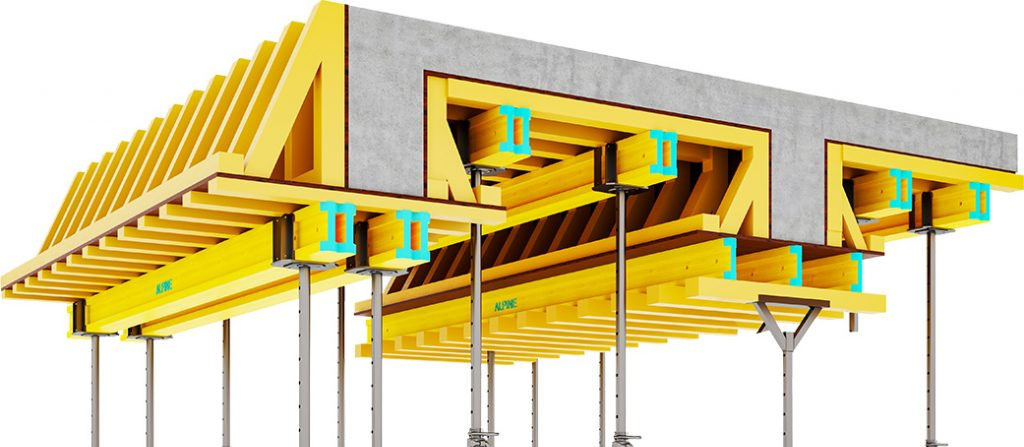What is formwork and types?
Formwork is a critical component in the construction industry, serving as a temporary or permanent mould into which concrete is poured to shape structures until it hardens and becomes self-supporting. The choice of formwork significantly influences the efficiency, safety, and final appearance of construction projects. This article provides an insight into formwork, its importance, and focuses on the climbing formwork system alongside other common types.

What is Formwork?
Formwork encompasses the panels, supports, and accessories used to contain and mold wet concrete in the construction of buildings, bridges, and other structures. It determines the dimensions, surface texture, and structural integrity of concrete elements, making it indispensable for achieving the desired architectural and engineering specifications.
Types of Formwork Systems
Formwork systems vary widely, each suited to different construction needs based on factors such as complexity, cost, and the specific requirements of the project. Here are some of the primary types:
- Traditional Timber Formwork: Utilizes plywood or timber to create the moulds for pouring concrete. It's versatile and adaptable to various shapes but can be labor-intensive.
- Engineered Formwork Systems: Made from modular panels with metal frames (usually steel or aluminium), engineered formwork is reusable, offering a quicker and more precise alternative to timber formwork.
- Reusable Plastic Formwork: Comprises lightweight, interlocking systems, ideal for simple structures. It's known for its sustainability and ease of assembly.
- Permanent Insulated Formwork: This system remains in place after the concrete has cured, providing thermal insulation. It's often used in energy-efficient and rapid construction projects.
- Climbing Formwork System: A specialized system designed for high-rise structures, climbing formwork allows for the formwork to be moved up vertically for the next pour without being dismantled.
Climbing Formwork System: A Closer Look
Climbing formwork stands out for its application in constructing tall buildings, towers, and bridges. It consists of formwork panels that climb along the structure, either by manual lifting or through mechanical means, such as hydraulic jacks. This system is highly efficient for vertical construction, offering several advantages:
- Speed: Allows for continuous construction cycles, as the formwork can be moved without being completely dismantled.
- Safety: Incorporates platforms and guardrails, providing a secure working environment for workers at height.
- Quality: Ensures consistent surface finishes and structural integrity by using the same formwork panels throughout the construction.
Selecting the Right Formwork System
Choosing the appropriate formwork system is crucial for the success of any construction project. Factors to consider include the project's scale, the complexity of the design, budget constraints, and the desired finish of the concrete surfaces. Climbing formwork, with its efficiency and adaptability for high-rise structures, represents a significant advancement in formwork technology, enabling the construction of modern architectural marvels.
Formwork: Shaping the Future of Construction
In summary, formwork is a foundational element of construction, shaping the concrete that forms the skeleton of structures. From traditional timber to advanced climbing systems, the evolution of formwork technology continues to expand the possibilities of architectural design and construction efficiency, marking a pivotal aspect of building the cities of tomorrow.
In summary, formwork is a foundational element of construction, shaping the concrete that forms the skeleton of structures. From traditional timber to advanced climbing systems, the evolution of formwork technology continues to expand the possibilities of architectural design and construction efficiency, marking a pivotal aspect of building the cities of tomorrow.
